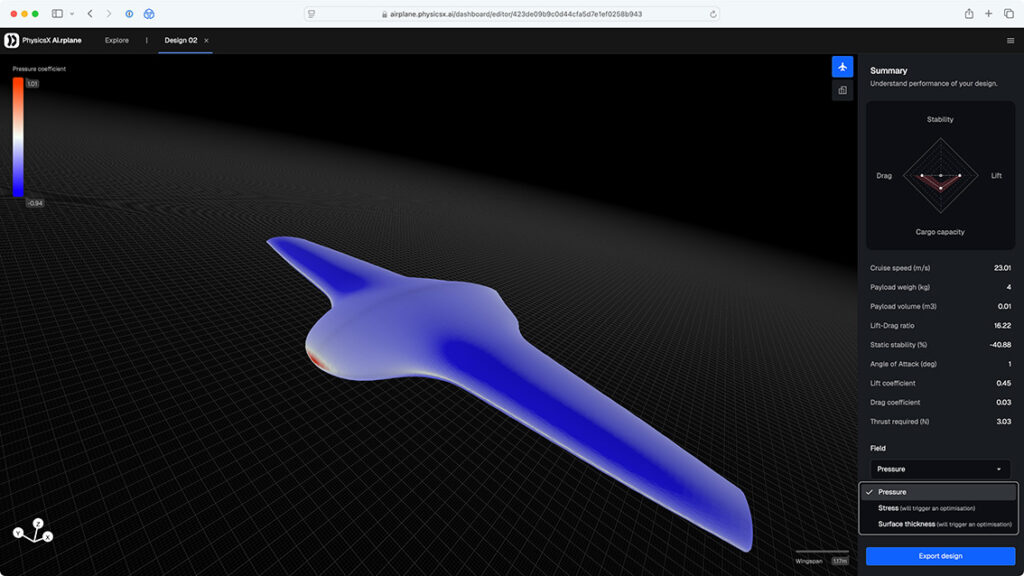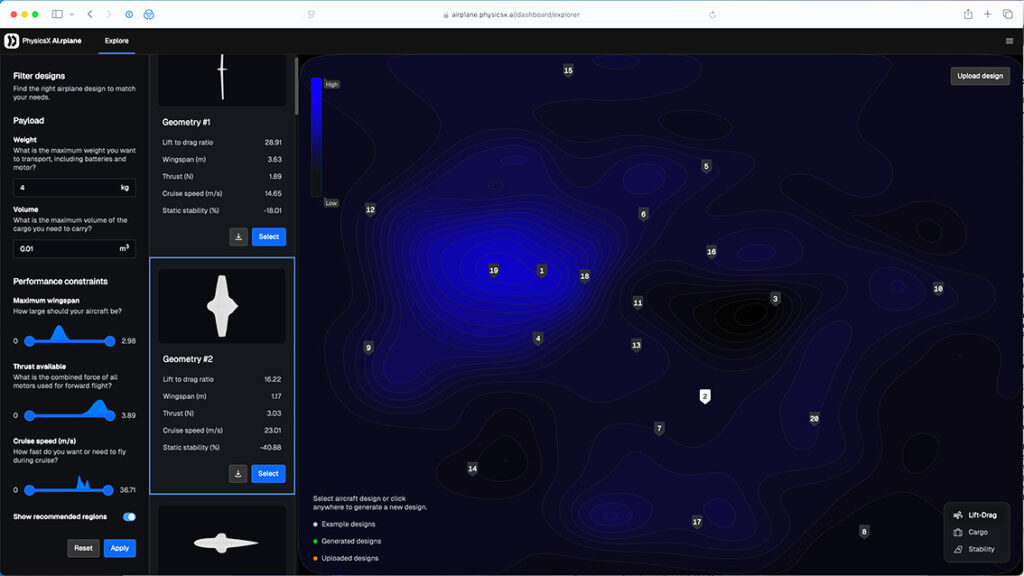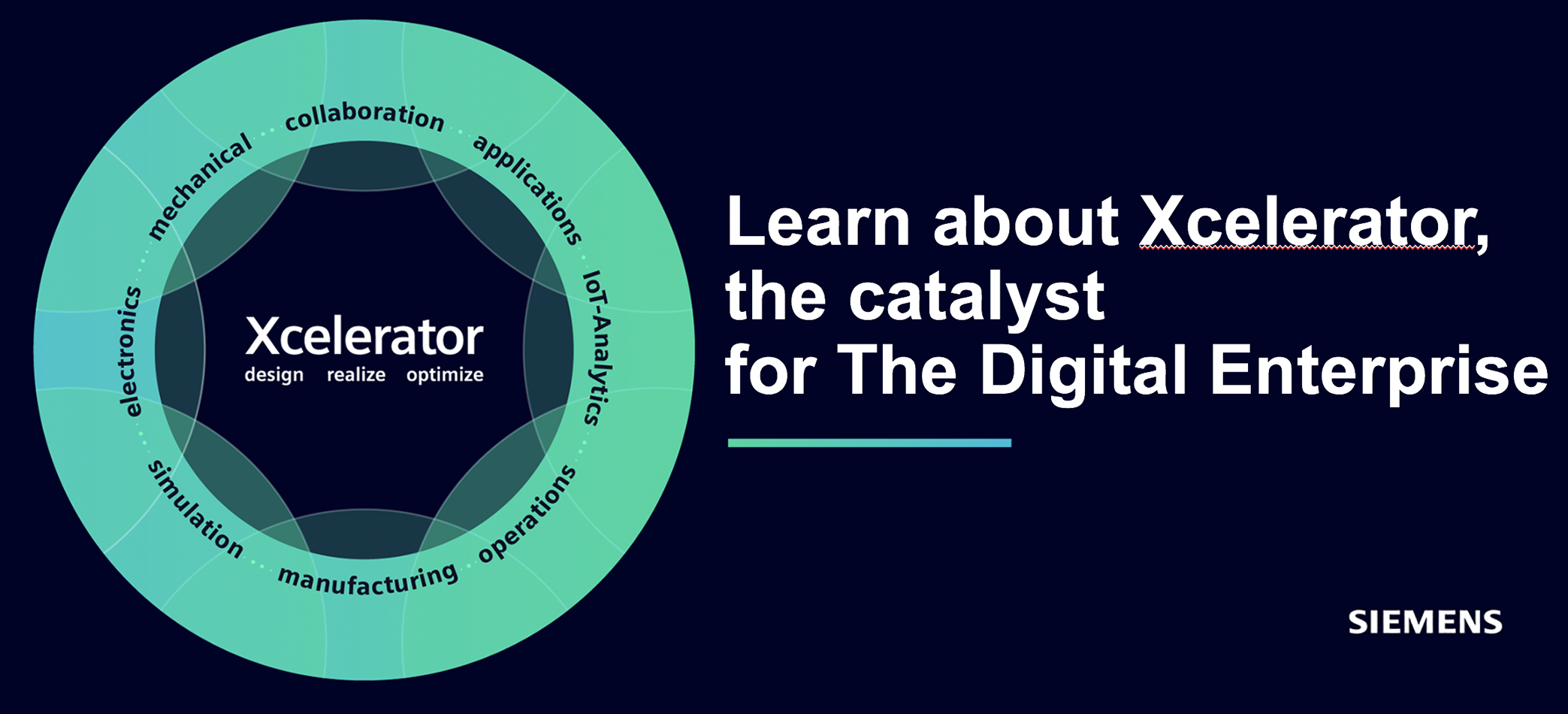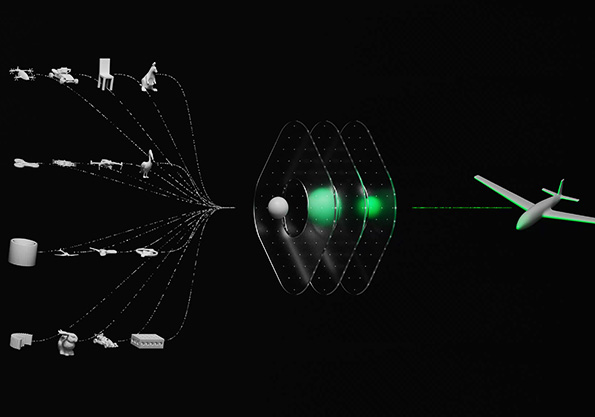Robin Tuluie, Chairman and Founder of PhysicsX comments that the release of Ai.rplane, an open access reference application, ”demonstrates the power of LGM-Aero to design innovative avionics solutions.”
Highest quality of syntetized data and robust integration
He further claims that the collaboration with Siemens is taking a step to the next level of fundamental technology to improve the way engineering is practiced:
“The foundation for successful AI deployment in engineering is based on the highest quality synthetic data, robust integrations between CAE and AI, and building on the trust customers have in our respective technologies. We are excited to build into the opportunity space with Siemens through the launch of our latest Large Geometry Model (LGM) for aerodynamics, LGM-Aero, trained on high-quality data (hi-fi data) generated with the Siemens Xcelerator portfolio tool.”

The ai.rplane application handles complex tasks in seconds
In general about PhysicsX, it can be noted that the company’s ambition is, ”a quest to enable groundbreaking engineering across advanced industries with AI.” For this, the company is building a new type of engineering platform that will be able to take AI-based simulation and optimization through the entire product development life cycle, from design to manufacturing to operation. According to the company, the solutions have also been used by some of the most advanced companies in the semiconductor, aviation, automotive, energy and material processing segments.
As noted above, PhysicsX has thus released Ai.rplane. This is a free public reference application that offers a set of exploratory tools focused on aerodynamics and aircraft structures with unique AI shape generation. Powered by LGM-Aero, Ai.rplane demonstrates the power of a fully trained model that generalizes to a wide set of aeroelastic applications. LGM-Aero is used as a zero shot model to derive flight performance, flight stability and structural stress for all generated airfoils. The application demonstrates the creation of geometry and the assessment of physics performance in less than a second, compared to the several hours required for traditional numerical simulations.

Starting with a basic set of instructions, users can explore the full generative design space offered by Ai.rplane, then modify or optimize for a desired performance characteristic in seconds. Over time, PhysicsX aims to add new features, including cargo packaging, selection of commercial powertrains, and controls.
In addition, Ai.rplane was developed using a comprehensive set of simulation techniques from Siemens to automate the generation of high-quality training data. Both LGM-Aero and Ai.rplane are available on the PhysicsX AI engineering platform.
To access Ai.rplane, go to airplane.physicsx.ai.






